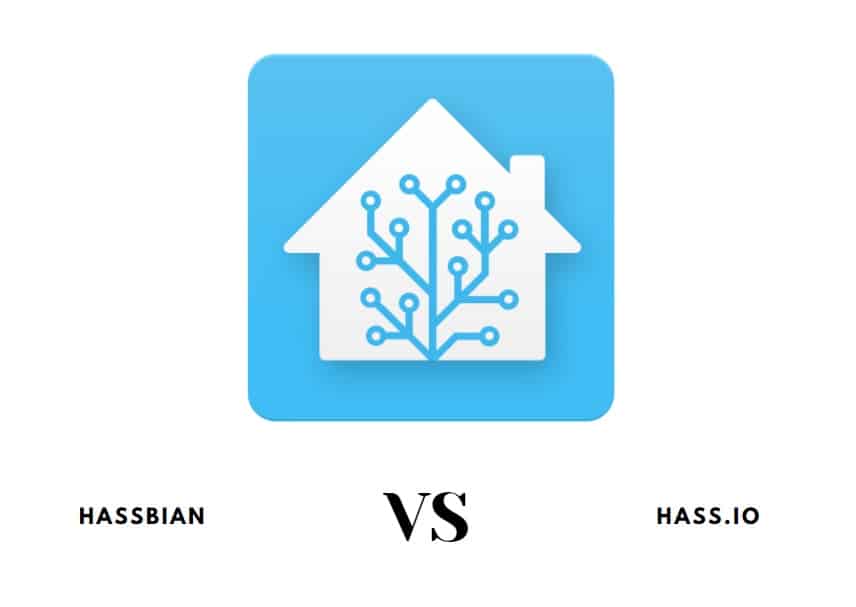
Hassbian and Hass.io, both are a smart home configuration that has a wide range of applications. They have a native OS called Resin OS, and Raspbian (Raspberry Pi), and HomeAssistant preinstalled on them. The scripts let you install software like ZWave support, with ease.
Today, we will be comparing Hassbian vs Hass.io. We will be comparing every single aspect of them both. We will also be finding out which one’s the better fit for you, by explaining all of their said features. In the end, we will give our final thoughts on which one is better than the other. So, without wasting any time further, let’s get right into it!
Hassbian Vs Hass.io
- Which One’s Easier to Set Up?
For plenty of people, this is quite an important aspect. When it comes to setting up and using them for the first time, both of them aren’t all that hard or complex.
However, Hass.io is simpler and easier to set up compared to Hassbian. Users have also reported having an easier time using it as it features a more friendly UI. Another thing to note is that Hass.io is also incredibly easy and simple to maintain. Users have had no issues using the device so far.
- Snapshot Feature
Hass.io comes with a unique snapshot feature. This feature allows users to save all of their settings and information. At whatever time convenient, he can easily reload the snapshot that he previously saved.
It is especially useful when you find yourself messing around with the settings quite often. All thanks to the snapshot feature, you can change a bunch of your settings. In case you have messed up your settings, you can easily restore the previously saved settings using the snapshot feature.
- Add-ons
Both have add-ons, but Hass.io comes with additional add-ons that can be very easily added to Hass.io. Just to take an example, enabling SMB on Hassbian setup takes plenty of time and configuration. This is because all the add-ons are pre-configured.
However, thanks to the SMB add-on, it’s just a button click away. You can get up to 95% of additional functionality using these add-ons. This is a great way of saving your time. You can either spend a lot of time configuring things up or just add them through a click using an add-on. You will get most of its functionality in a very less time frame.
- Configurability
This is one department where Hass.io falls short compared to the Hassbian. Thing is, it’s just not as configurable as Hass.io. Sure, you might have a harder time using Hassbian, but there are a few advantages of using it.
For instance, you can perform more complex tasks using Hassbian. You can also integrate plenty of things with your Home assistant. But honestly, these extra functionalities aren’t required by most of the user-base. You really need to determine how and in what way will you be using it for home automation.
- Ease of Updating
This is a clear win for Hass.io. You see, Hass.io is very simple and easy to update. You only need to click a button for it to update itself. What’s more, is that you can apply the snapshot feature here as well. Assume you didn’t like the newest update. What you can do is simply use the snapshot feature and roll back to the previous version with ease.
On the other hand, Hassbain is quite hard to update. You are basically on your own if you were to update Hassbian.
The Bottom Line
Comparing Hassbian vs Hass.io, both have specific uses. We can clearly see that Hass.io is more suited for people looking towards ease of use, entry-level home automation.
In contrast, Hassbian will allow you to perform some advanced features but comes at the price of being more complex and harder to use. Our recommendation would be to use Hass.io. In the end, the final decision lies with you.